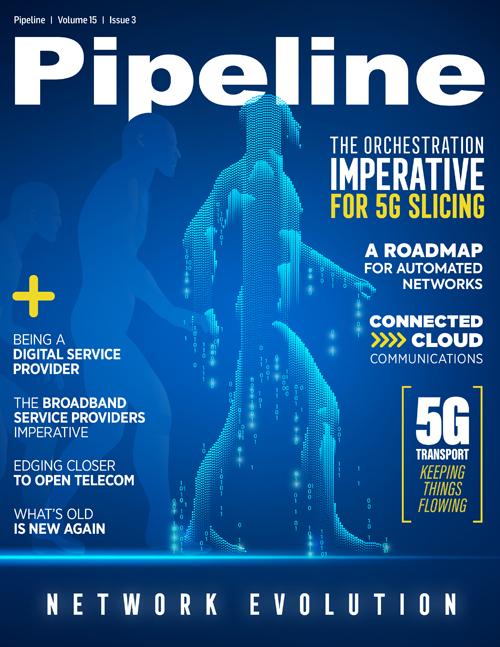Orchestration Imperative for 5G Slicing
At first glance, the highway use case may appear different. But there are likely to be more complex versions of it. For example, CSP A may deploy enough Owned and Operated (O&O) capacity to support users when communications traffic flow is moderate and only acquire shared slice capacity from CSP B during rush hours. This would be dynamic but within fixed time constraints. Another option might be CSP A acquiring an option to purchase slice capacity from CSP B whenever CSP A faced capacity or performance problems. Carrying this scenario a little further, in areas where there are 3 (China) or 4 (US) major wireless CSPs, CSP A might have options to acquire slices from CSPs B, C, and D on an “as available basis”—that is, if the other CSPs have available capacity. There could also be a sliding pricing scale: guaranteed-slice capacity at a high price, high-priority slice capacity at a medium price, and as-available slice capacity at a low price. In fact, all three of the use cases could have a range of SLA terms and pricing, and the range of variable parameters could be quite large.
Given these kinds of business arrangements a particular set of orchestration capabilities are required. In the simplest implementation, at each segment juncture (between administrative units, CSPs, etc.) there has to be an orchestrator at each side of the juncture that knows and understands its local resource situation and the range of business models it is authorized to offer. These distributed orchestrators must be able to negotiate based on their current resource situations and their available business models. Once an SLA contract has been established, orchestrators must have the ability to monitor ongoing operations to determine whether the SLA has been met. If it is not met, orchestrators must have an ability to alert, escalate, and resolve. Of course, inside each segment there has to be orchestrator(s) capable of insuring that the SLA the juncture orchestrator has contracted to will be met.
At each juncture, a CSP orchestrator may have a number of choices of orchestrators (and their associated resources) to satisfy its objectives. Thus, it has to be able to simultaneously inquire of each of the other orchestrators as to their current resource and business model status. Then, the orchestrator must choose and negotiate with them to create a contract with one.
It is possible that more complex implementations will emerge where SLAs are daisy-chained. In daisy-chaining, CSP A's orchestrator may pass on the entire customer-facing SLA minus the portion satisfied locally by itself. Then, the next segment orchestrator passes on the SLA minus the portion satisfied by it, and so forth. Other structures may also appear.
Because of the expense of 5G deployment, effective slicing will be critical to success—both to lower costs and to support the creation of new and innovative service revenues. We have seen how this requires orchestration across administrative and ownership boundaries that can only be achieved with distributed orchestrators that can negotiate across these boundaries. In addition to the business and technical challenges, there may be regulatory, political and cultural issues at some of the slicing junctures.
Please note: the views expressed in this article are those of the authors and
do not necessarily reflect the views of the organizations they represent.


















